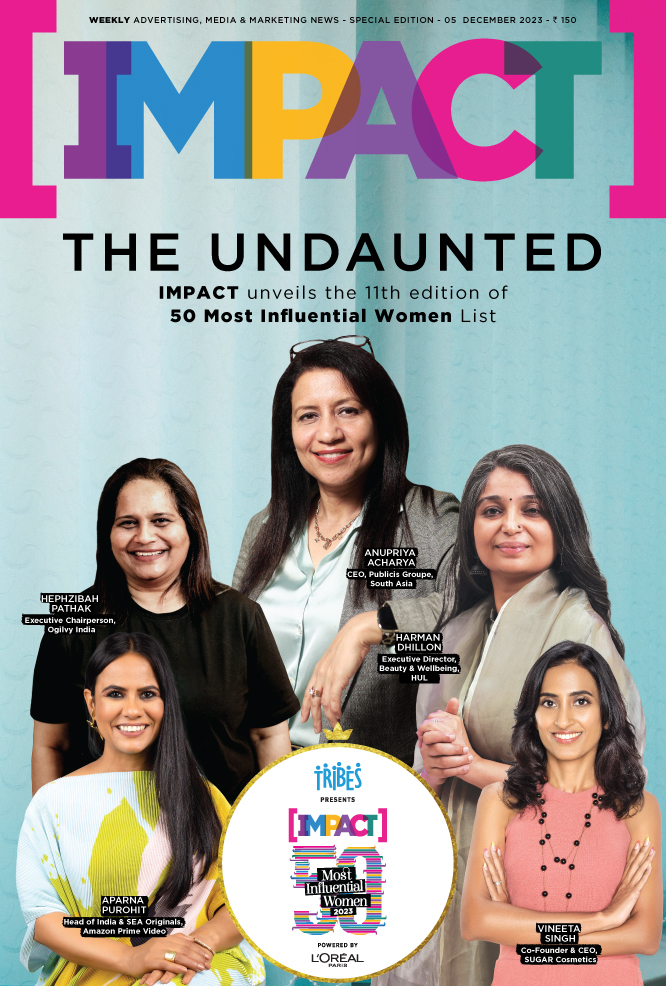Growing importance of Free Dish in India—a universe larger than what we measure
DD Free Dish, India’s only free-to-air direct-to-home (DTH) service, has grown into the largest TV platform in India by reach, surpassing pay DTH and cable operators. It reaches an estimated 50–60 million households, largely in Hindi speaking markets, possibly even higher when factoring in shared television viewing in rural areas like shops, public places, and untracked community consumption. Its offering of wide range of TV channels without a monthly subscription fee, has made it a lifeline for rural and low to middle income households.
With the recent return of major broadcast networks—JioStar, Zee, and Sony, to the platform, one may ask: What makes Free Dish so compelling?
First, Free Dish allows broadcasters to reach tens of millions of viewers, who lie outside the pay TV ecosystem. With this reach, the advertising revenues from Free Dish can rival or even surpass earnings from subscriptions in some cases. It is also a strong mitigation strategy to the steadily declining reach of pay households. With OTT platforms and mobile data consumption on the rise, pay DTH growth has plateaued, pushing broadcasters to tap into free platforms to maintain and grow their reach.
Second, often seen as a ‘rural-first’ platform, Free Dish today reaches 41% of rural TV homes and 15% of urban TV homes in Hindi speaking markets —a number that challenges long-held assumptions. The urban number proves that viewers across segments are embracing content that is accessible, relatable, and free. It also means advertisers can no longer overlook the platform when planning for urban reach. Advertisers, who ultimately chase reach—not distribution model—are beginning to take note. FTA is now delivering scale across Urban and Rural markets, often at a lower cost than pay platforms.
A Second Entry, But a Very Different Market
This isn’t the first time the major broadcasters have exited and re-entered DD Free Dish. Their earlier exit in 2022 had left FTA audiences disconnected and viewership fragmented. But it also created opportunity.
Between 2022 and 2024, over 16 new channels stepped in to fill the void—from general entertainment to movies and youth-centric programming. Smaller and regional broadcasters found new shelf space and audience attention. Viewership recovered. A new balance emerged.
But the market these major broadcasters returned to in 2025 wasn’t the one they left.
This time, their return did not expand the pie—it merely reshuffled it. Despite the nostalgia and marketing around the returning channels, ad inventory remained subdued—often under 11 minutes per hour—indicating that advertisers were waiting for ratings stability.




















